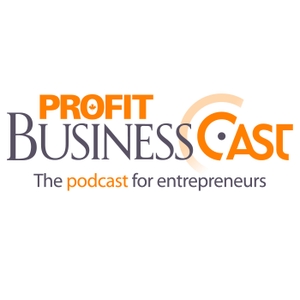
Want 50,000 Members for Your LinkedIn Group?
11.28.2013 - By PROFIT Magazine & PROFITguide.com
Download our free app to listen on your phone
Barnard Crespi has more jobs than most. His day job as president and CEO of Datatel Communications Inc. is just the tip of the iceberg. Crespi is also chair of marketing at the MIT Sloan CIO Symposium, advisor to multiple startups and manager of a growing online community for marketing execs. The Marketing Executives Group started as one of countless groups of its kind on LinkedIn. Crespi has grown it into a community of more than 50,000 marketing executives around the globe.
A friend of Crespi's from Venezuela (he emigrated to Toronto from Venezuela 25 years ago) started the LinkedIn group in 2007. When Crespi found himself running an R&D project related to marketing automation, he asked his friend if he could use the group to test his marketing automation engine. "He said, ‘Bernard, you can have the group; I have no time to take care of it,'" recalls Crespi.
"Initially, it was a pure research experiment," says Crespi. "But once I started collecting and observing the interactions between members, my mission became clear: develop a community [for marketing executives] with resources and engagement opportunities."
Crespi built up the Marketing Executives Group from 400 to over 50,000 members, the majority of whom participate in idea generation to help each other drive results.
How did he create such an engaged, growing community? Crespi identifies three actions that had greatest impact on the group's growth:
1. Understanding the evolving needs of its members. "I needed to understand what specifically would keep them engaged and what would get others to participate," explains Crespi.
2. Establishing a structure for the group, including guidelines which maintain the integrity of the community. "That has been one of the top reasons for the success and the growth," says Crespi.
3. Giving members a sense of ownership over the content. Crespi says establishing guidelines and order, then allowing members to post content within those parameters, has helped create that sense of ownership. Today, hundreds of participants are contributing content. Once group members felt that sense of ownership, they were much more engaged and sent out more invitations soliciting peers to join the community. And the numbers grew exponentially.
The group became so popular that it evolved into an independent website where members can publish content, provided they stick to the site's editorial guidelines.

